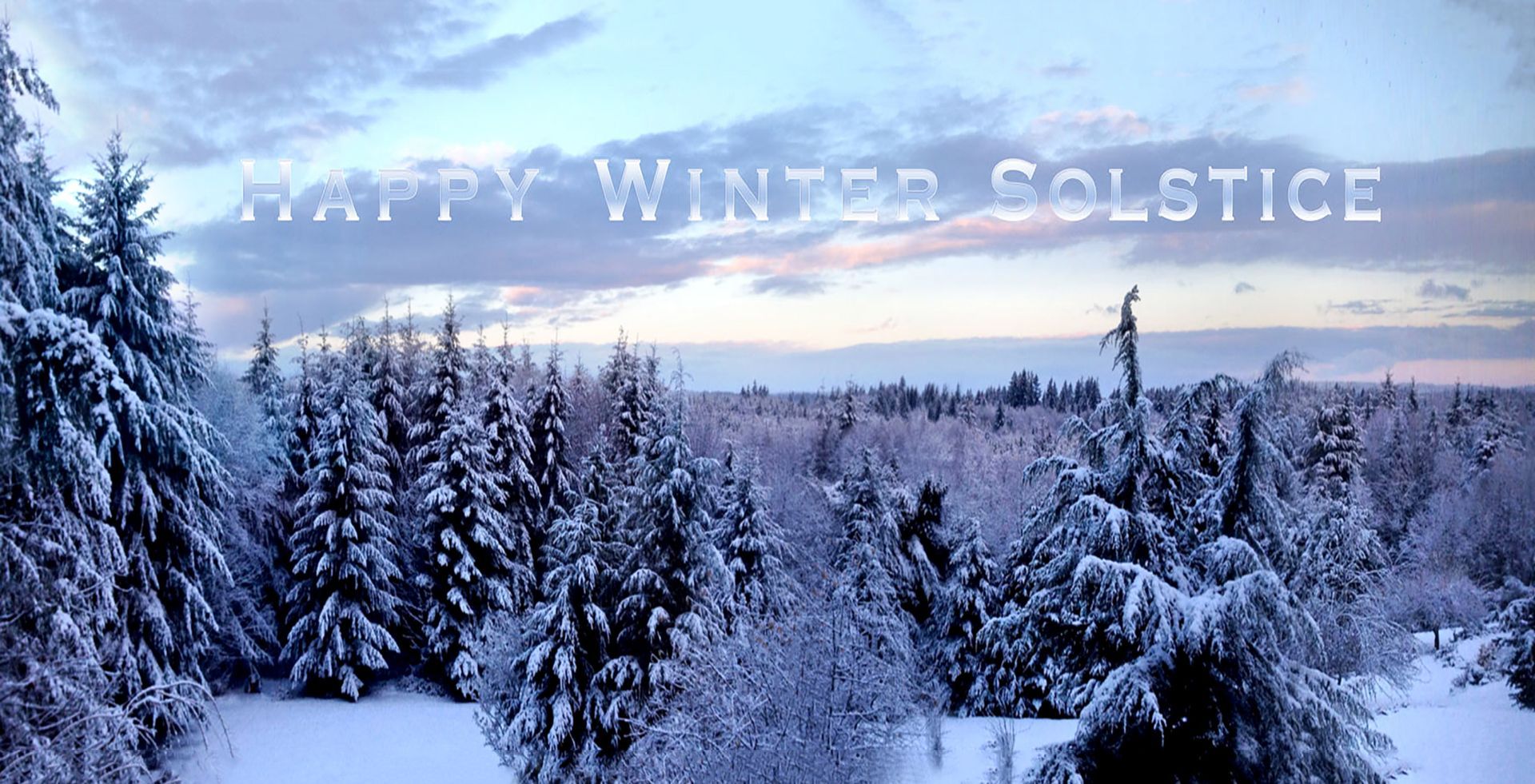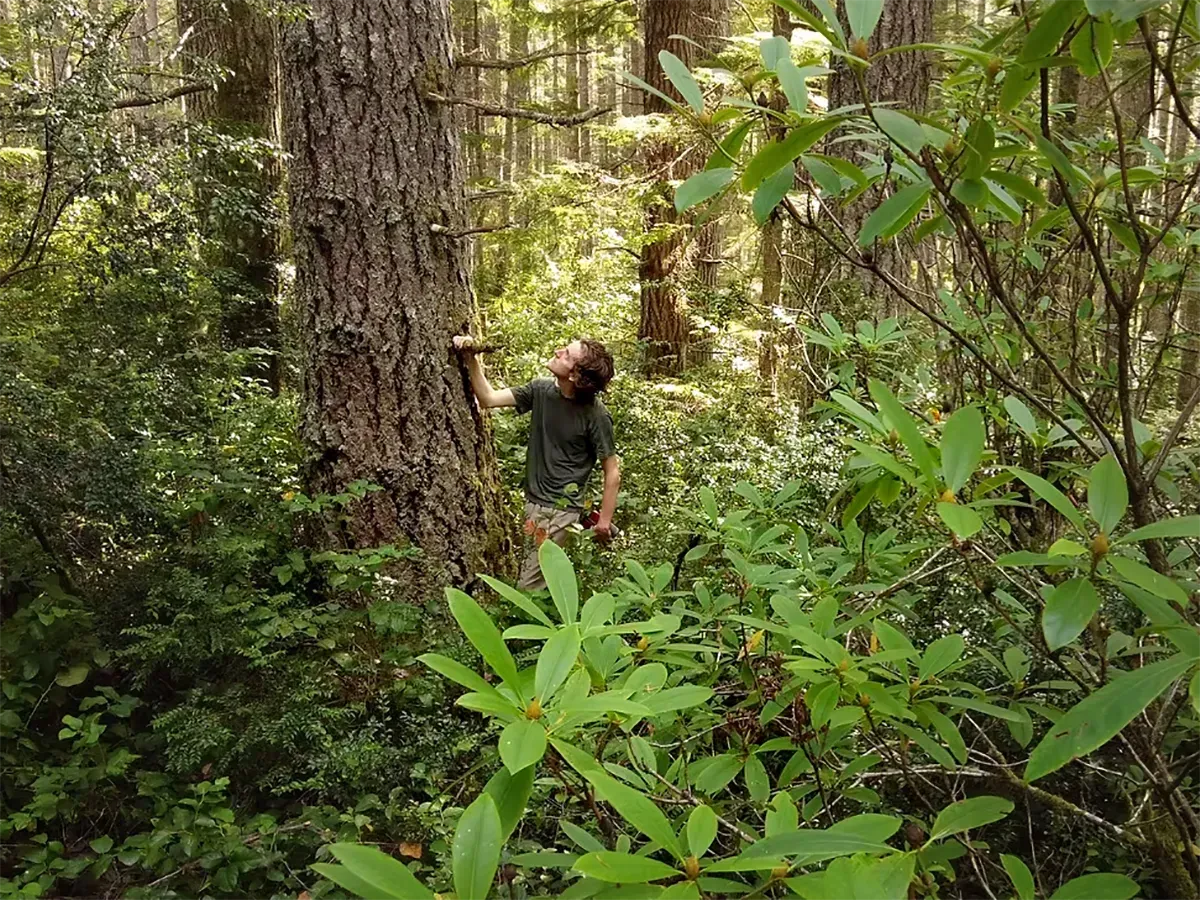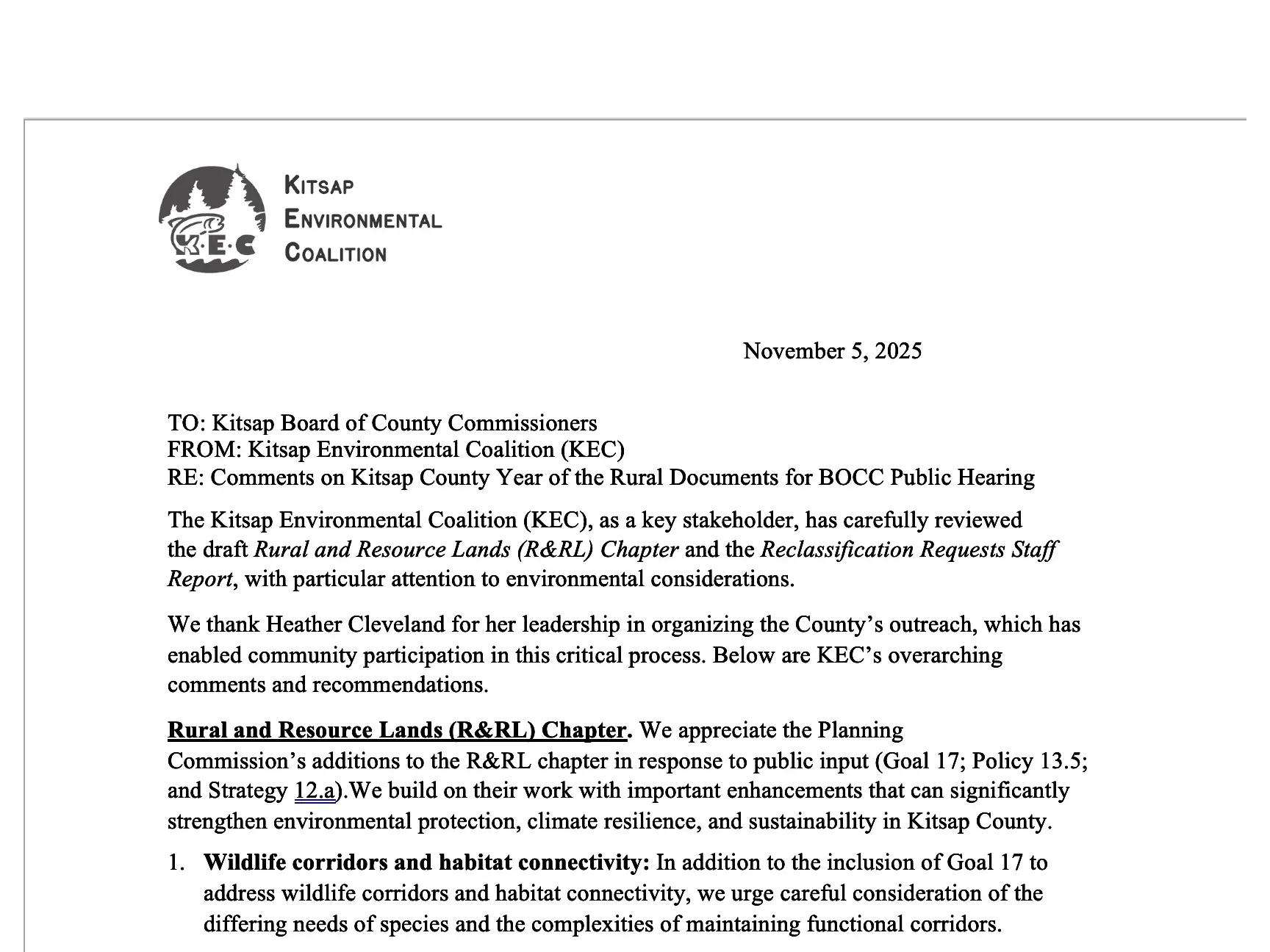How will we value the amphibians?
How will we value the amphibians?

As printed April 27, 2022 in the Kitsap Sun
At a time of increasing awareness of an environment in precipitous decline, STO proponents are, in effect, advocating for further habitat damage to the wetlands at North Kitsap Heritage Park (NKHP). While there are shared levels of environmental damage over which individuals have little influence (power generation, food production, etc.), protecting small wetlands is a scale at which we can do the right thing with minimal inconvenience. The STO as an AASHTO (American Association of State, Highway and Transportation Officials) roadway is an act of willful ignorance. Perhaps they just don’t understand the value of preserving amphibians (frogs and salamanders).
Ignoring, for the moment, the philosophical ramifications of extinguishing amphibians, it is instructive to metaphorically liken species diversity in an ecosystem to the rivets in an airplane wing. Repeatedly take out one rivet among hundreds, when does the wing fail? How many species can we lose before ecosystem failure? Neither is known, exactly…
Consider DNA and the library at Alexandria. The sum total of human knowledge was burned down, as many as nine times. Someone likely objected. The loss of even one species carries with it DNA encoding biochemical solutions to problems we may not yet be aware of. Amphibian DNA represents structural and functional evolutionary experiments leading to refinement over 365 million years, a massive informational loss.
Moist, permeable amphibian skin is a seemingly ideal environment for fungi and bacteria. Why are there not commonly massive skin infections among these species? Your feet would rot. They have immune systems, not unlike our own, that produce anti-fungal and anti-bacterial compounds which mostly have not been studied. Accepting their loss is short-sighted given that most of our effective pharmaceuticals come from obscure organisms living in obscure habitats.
Amphibians play a critical role in micro nutrient delivery from aquatic to terrestrial environments. Perching birds (70% of all birds) are having difficulty calcifying their eggs, partly due to acid rain washing Ca++ from soils. This loss is further compounded by the decline in availability of juvenile amphibians dispersing into woodlands, carrying their calcium-rich bones upon which birds and small mammals normally feed.
Dying amphibians can be viewed as wetland habitat canaries, signaling the environmental future for more resistant species. Because they are transparent to water borne toxins, amphibians are among the first to show the effects of aquatic contaminants. We should be alarmed when frogs die.
Amphibians eat the bugs that eat wood, resulting in an increase in carbon sequestration. Ensatina, a local woodland salamander, has recently been shown to reduce the CO2 introduced into the atmosphere by up to 17% by consuming the bugs that normally convert wood into CO2.
There has been little interest, and little research money, dedicated to understanding the critical role played by amphibians in ecosystem dynamics. These are not farm or game animals. They are not charismatic and they present inconvenient obstacles to “development”. NKHP should be viewed as an environmental park. That is it’s “Heritage”, threatened by the proposal to pave a two-mile road through the center.
Article by Thomas Doty, Ph.D., Emeritus Professor of Biology at Roger Williams University. Retired.




